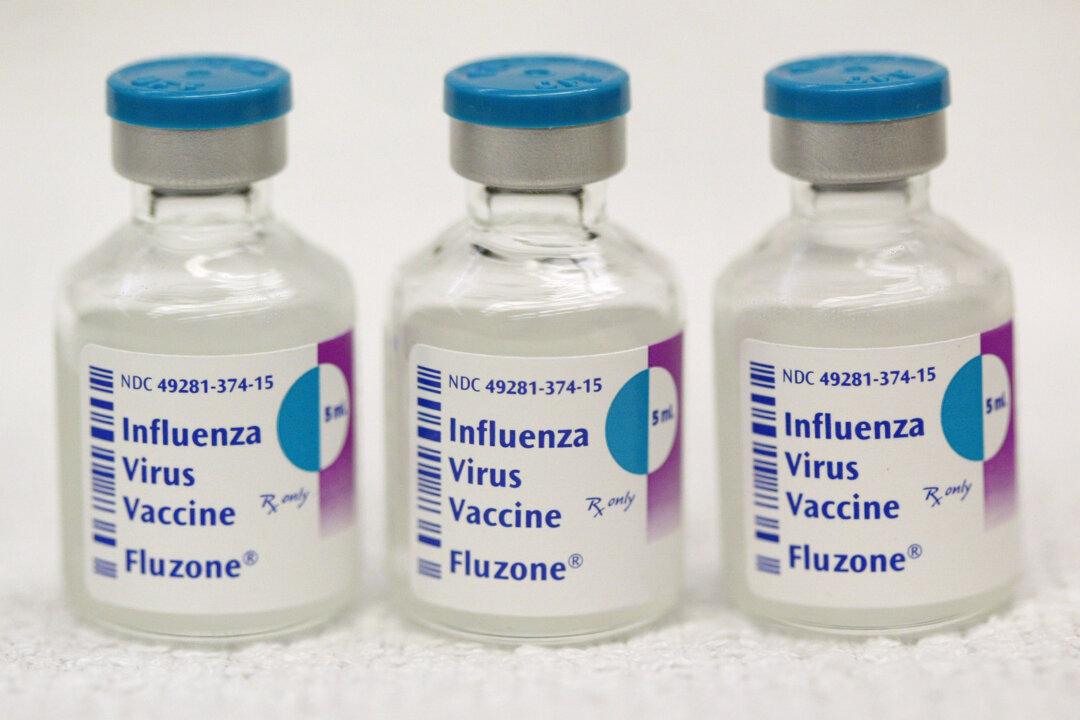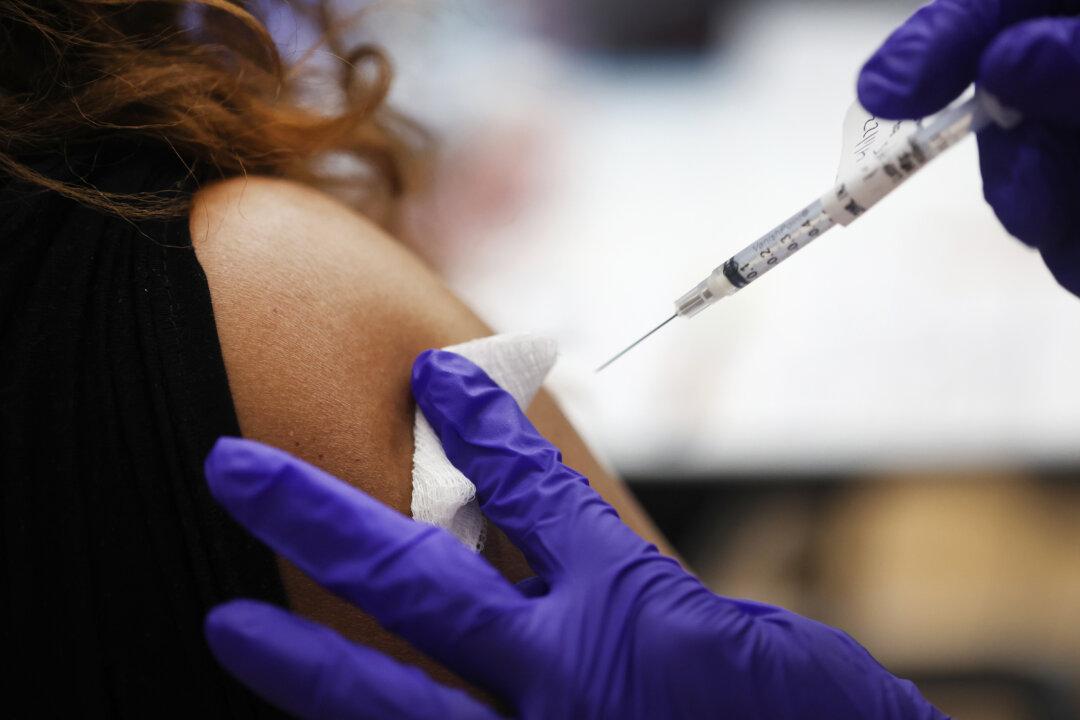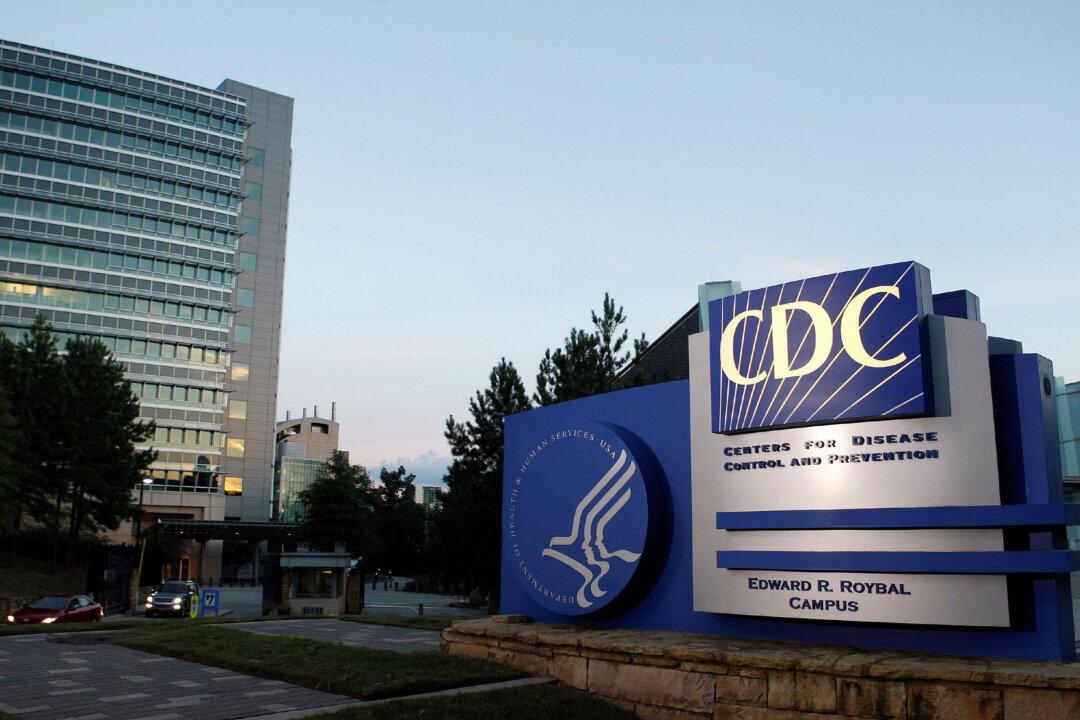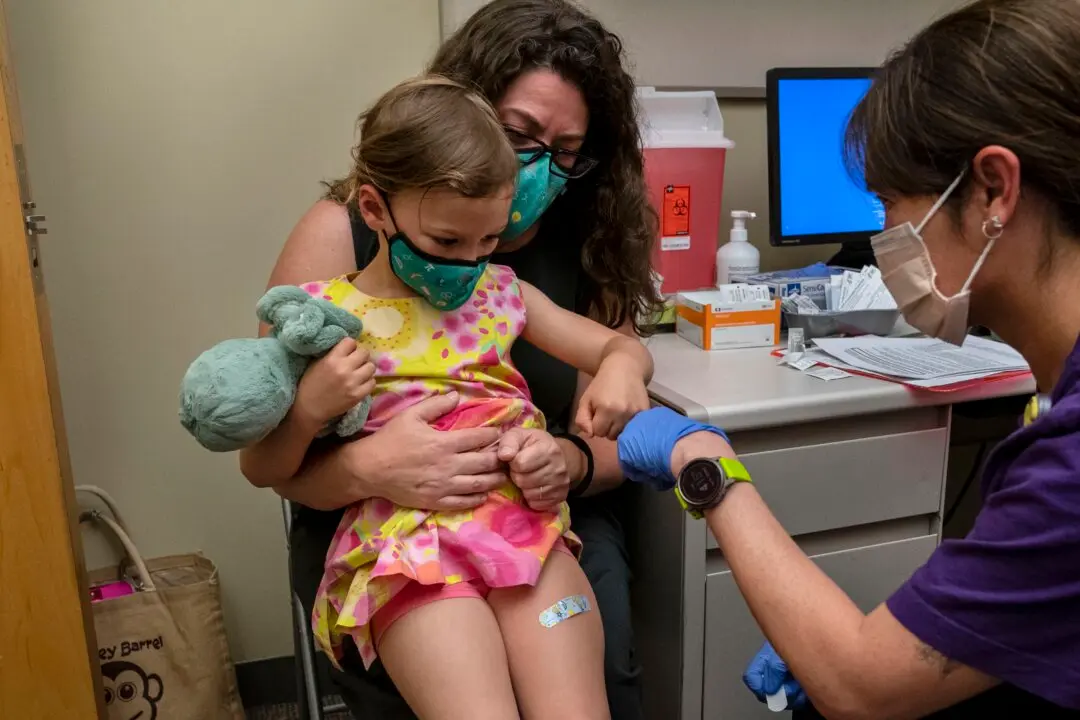After more than a decade, researchers have developed a universal flu vaccine that they hope may provide longer-term protection against many different influenza strains, eliminating the need for yearly shots.
Known as the FLU-v, the universal influenza vaccine developed by London-based vaccine manufacturer Seek (or PepTCell Limited) was shown to “promote antibody responses and immune system changes among 175 healthy adults” in a human challenge trial, according to ScienceAlert.






